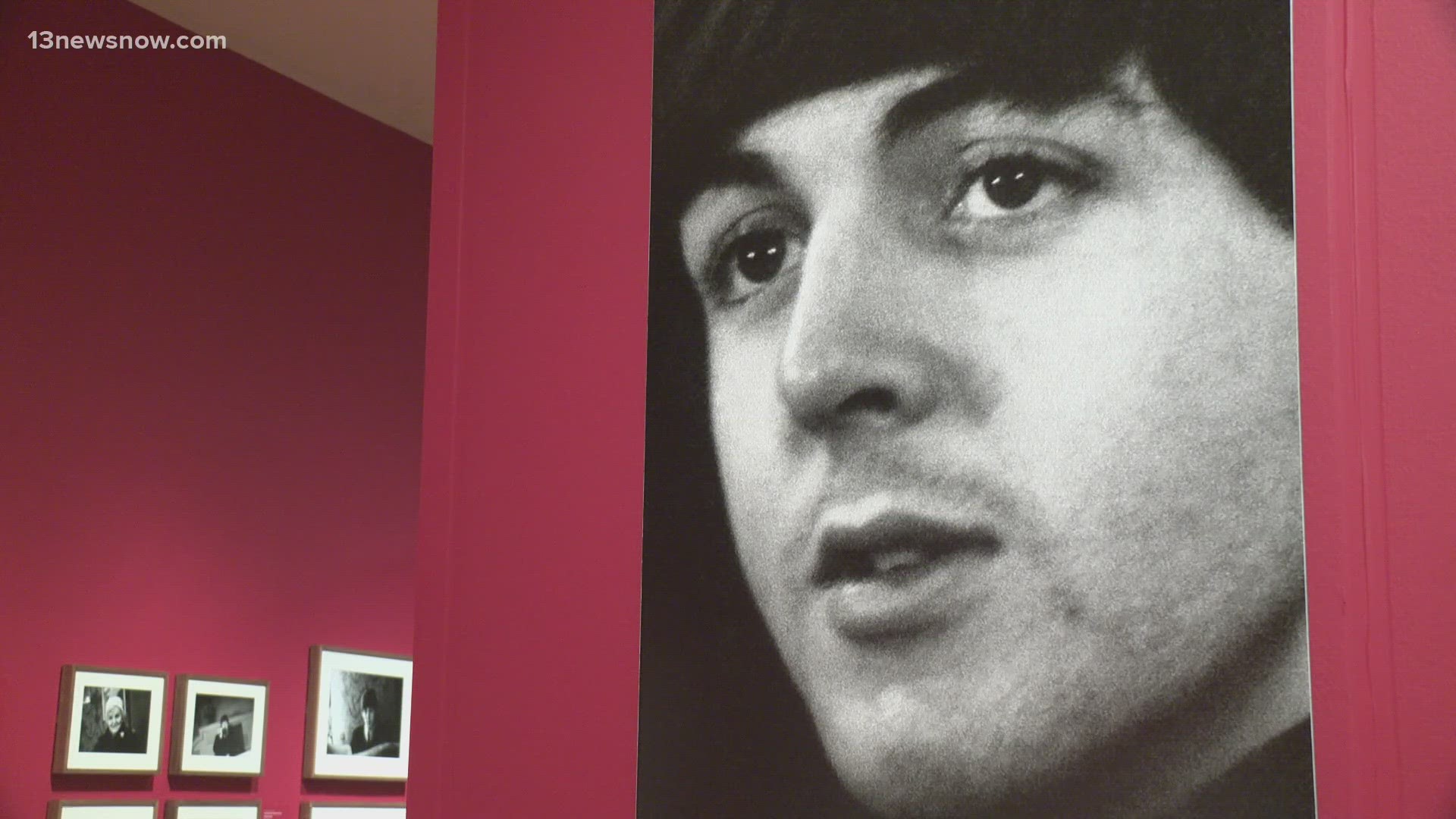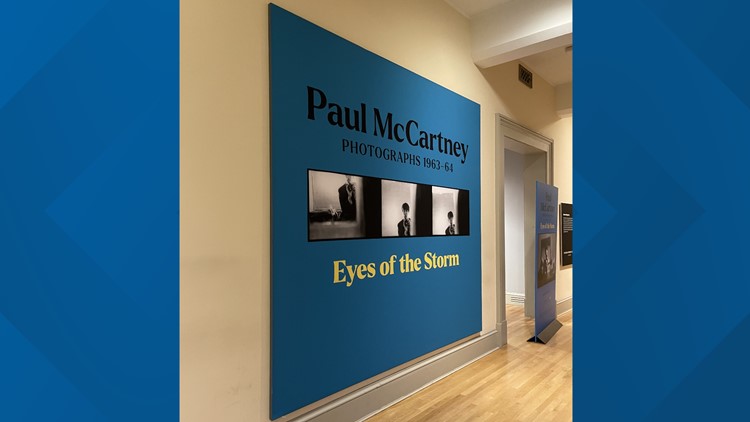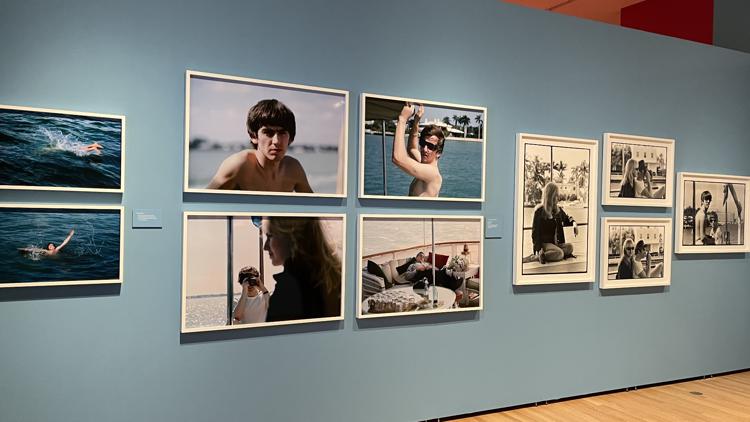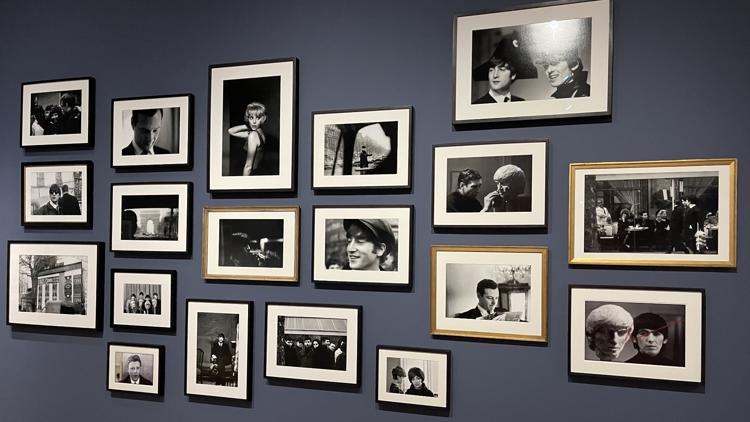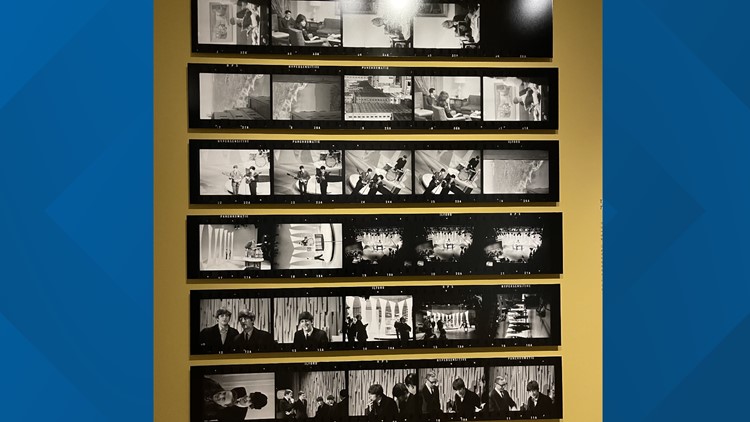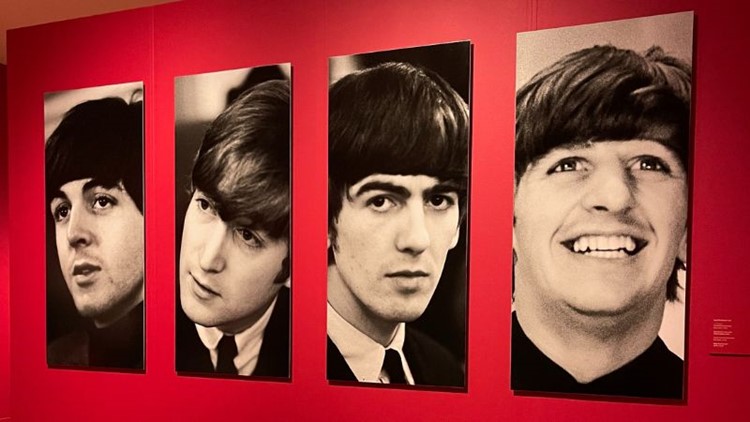NORFOLK, Va. — For the first time in the U.S., pictures captured by Paul McCartney when The Beatles catapulted into international stardom in the 1960s will be on display at Norfolk’s own Chrysler Museum of Art.
Over the next five months, fans of the English rock band will have a chance to see the exhibit titled Paul McCartney Photographs 1963–64: Eyes of the Storm that depicts the evolution of "Beatlemania" through McCartney’s very own lens nearly six decades ago. The exhibit offers a snapshot of The Beatles' transition from playing on UK stages to performing on The Ed Sullivan Show in February 1964 which helped propel them to global sensations, winning over the 73 million Americans tuning in.
"I have been discussing with the National Portrait Gallery in London for years about bringing one of their exhibitions to the Chrysler Museum," said Lloyd Dewitt, Senior Curator at the Chrysler Museum. "I'm thrilled they came to us with this unique opportunity, to be the first North American venue of Paul McCartney Photographs. The exhibition is identical to the London installation, but a more intense experience here because of the layout of the Chrysler Museum's space -- it seems unreal we're hosting it here."
The 250-plus photos on display were captured on McCartney’s own Pentax camera between November 1963 and February 1964. The musician rediscovered the images in 2020 while working on his late wife's exhibition. The majority of the images have remained as film negatives or contact sheets and have never been developed into prints.
"We've seen so many pictures of The Beatles throughout time, but this is this is the first time we're really getting a look at it from the inside out," explained Sarah Brown, McCartney's photographic curator and archivist.
Each room of the exhibition transcends visitors into the frenzy the four bandmates were thrusted into starting in November 1963, with McCartney carefully choosing the color of each room, size of photographs and frames.
"It's important to note how present Paul's voice is throughout the exhibition, how it is truly a personal perspective on this moment in time that changed popular culture forever," Brown said.
The aesthetic of the images reflect the counterculture of the 60s, according to the museum's website. With the Fab Four -- John Lennon, George Harrison, Ringo Starr and McCartney himself -- all captured in the photographs, viewers will be immersed in the band's journey as rising stars.
“Looking at these photos now, decades after they were taken, I find there’s a sort of innocence about them,” McCartney told museum curators. “Everything was new to us at this point. But I like to think I wouldn’t take them any differently today.”
Paul McCartney Photographs 1963–64: Eyes of the Storm
The exhibition, which McCartney allegedly describes as his "personal journal," begins with more moody, darker colors as the backdrop of black and white images of the Fab Four as they traveled from Liverpool and London to Paris.
A bright, aqua colored room highlights the exhilaration and thrill the band was feeling when setting off to the U.S. for the first time.
The hustle and bustle of New York and D.C. depicted by McCartney are against more muted, gray-toned wall while the prints are noticeably larger than the ones shown earlier in the exhibit.
The eighth section called "Miami" is beaming with the first-colored photos of the exhibition on display. The Fab Four are photographed laying poolside and on a boat while vacationing in Florida.
The final room of the exhibition is a stark white room filled with black and white photos -- some of which have never been viewed before. This section pays tribute to the artists influencing the band at the time, including the photographers that traveled with the band but also the Black musicians that opened for the band's North American leg, including Clarence "Frogman" Henry and The Exciters.
The Chrysler is hosting the exhibition until April 7, 2024, reserving Dec. 5 and 6 as member-only days. Admission is free.
The exhibit was previously on display in London at the National Portrait Gallery before crossing the pond to Norfolk to make its U.S. debut.

